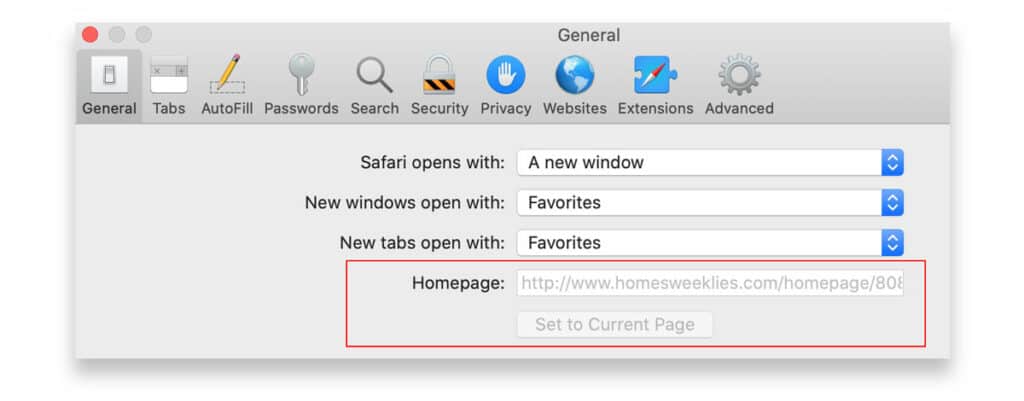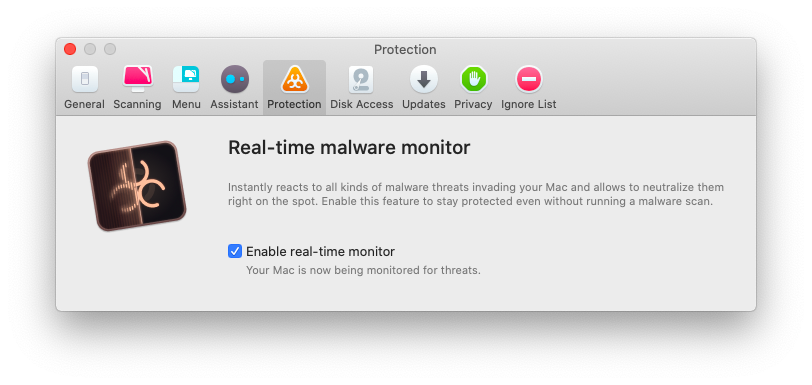

- #Remove malware mac search spinstall how to
- #Remove malware mac search spinstall install
- #Remove malware mac search spinstall windows 10
- #Remove malware mac search spinstall software
- #Remove malware mac search spinstall password
#Remove malware mac search spinstall password
They do this by poaching your login credentials after tracking your keystrokes or lifting your password from your screen or clipboard. Many forms of malware aim to access your sensitive information. Step 3: Refrain from logging into accounts The Apple logo should appear on your screen. Do this by starting or restarting your device, then immediately hold the shift key. Isolate any issues with your Mac by entering safe mode. It may help to print these instructions before disconnecting. If you need to go online to download a tool, immediately disconnect once it finishes and doesn’t reconnect once you have what you need.
#Remove malware mac search spinstall how to
How to Remove Malware From Your Mac Step 1: Disconnect from the Internetīefore you do anything else on your Mac, you must disconnect the Internet to keep it from transmitting any of your information back to the malware server or infecting other devices. If you think your PC or Mac has a malware infection, follow the steps below to get rid of a malware infection.
#Remove malware mac search spinstall install
A tool or plug-in in your browser that you didn’t install.

If your Mac or PC has malware, they may show symptoms such as: No matter which type of device you have, it’s important to be aware of the threat of malware. Although PCs are more commonly known for attracting this vulnerability, Macs can be just as susceptible. Be sure to exercise caution online and be wary of clicking any unfamiliar links or emails.
#Remove malware mac search spinstall software
Oftentimes these infection attempts will try to instill a sense of urgency to install software or download a file containing a hidden virus. Sometimes it can be as simple as visiting a malicious website or clicking a fake link in an email scam. So how does malware infect a computer? There are plenty of ways to fall victim to a malware infection. How Your Devices Become Infected With Malware This is why being able to recognize the symptoms of an infected device is vital to protecting your personally identifiable information and fending off identity theft. Malware can find its way onto your devices - both PCs and Macs are vulnerable - in several ways, potentially exposing your social security numbers, debit and credit card information, login information, bank account data and more. No matter what form it takes, malware aims to profit from your misfortune, either by stealing your personal information and selling it on the dark web or by encrypting your data, locking you out until you pay a ransom to regain access. Malware (short for malicious software) can manifest in various forms: spyware, legitimate programs bundled with viruses, backdoors, worms, adware, ransomware, trojans and more. We created a guide that explains exactly how to rid your Mac or PC of malware. I am currently monitoring to see if it's going to be an ongoing issue, not sure why it happened in the first place, but hopefully this will help some people who sit baffled like I did because the math just doesn't add up.Malware removal can seem daunting after your device is infected with a virus, but with a careful and rapid response, removing a virus or malware program can be easier than you think. Of this folder was missing from the total.Īfter doing a "Rebuild" on the Microsoft "Indexing Options" control panel setting (under the "Advanced" section), all the lost free space was returned to the the machine and the problem was solved. This was interesting because when checking the properties of "ProgramData" the size
#Remove malware mac search spinstall windows 10
The Windows 10 Search feature works in the the hidden folder "\ProgramData\Microsoft\Search\Data" which was an astounding 66GB in size (size on disk was slightly smaller).

So I dug a little further and came to the interesting discovery and ultimately the fix. Operating System protected files and folders and seeing if there was anything large in some of the more popular hidden locations turned up nothing. Going through the typical steps of Disk Cleanup, checking the "System Recovery\backup" folder, un-hiding However, the OS was reporting that 102GB of 104GB was in use which was obviously perplexing. Manually resulted in a value of 37.8GB used of 104GB total disk. The interesting part was that totaling the disk space It was pre-loaded with Windows 10 so it did not have the typical issue of the old Windows OS being preserved for downgrade capability. I recently encountered this same issue with a brand new computer.


 0 kommentar(er)
0 kommentar(er)
